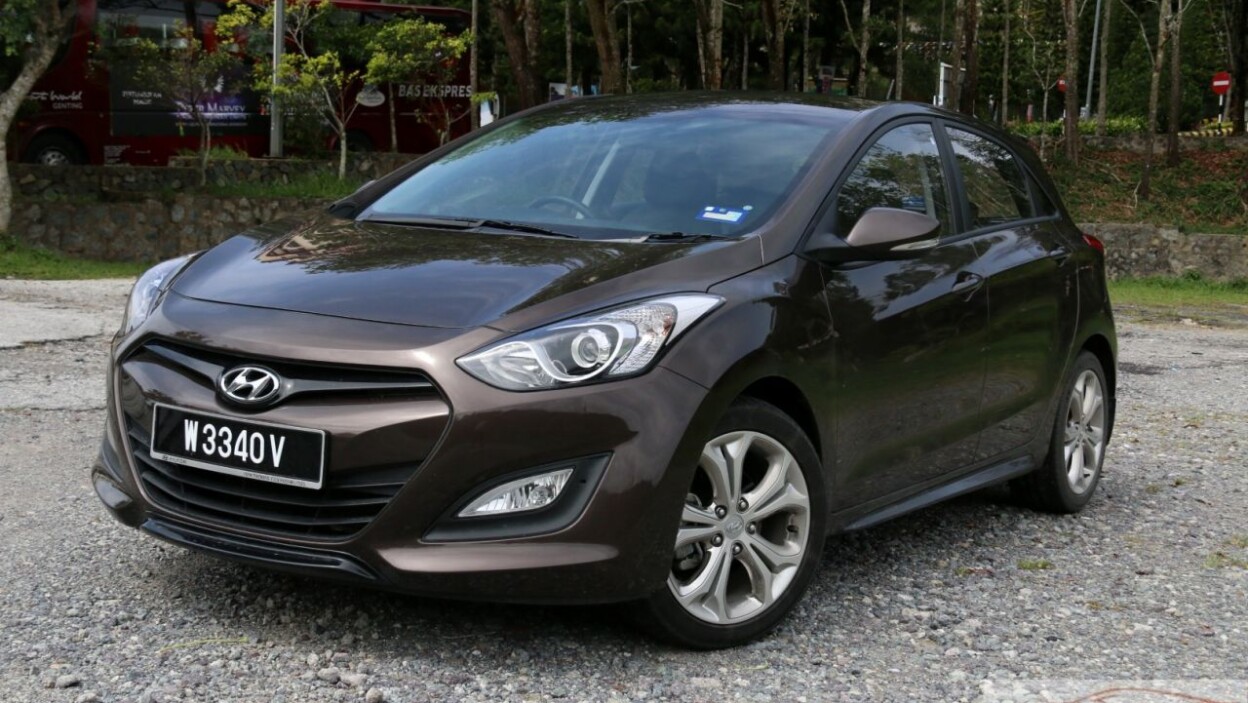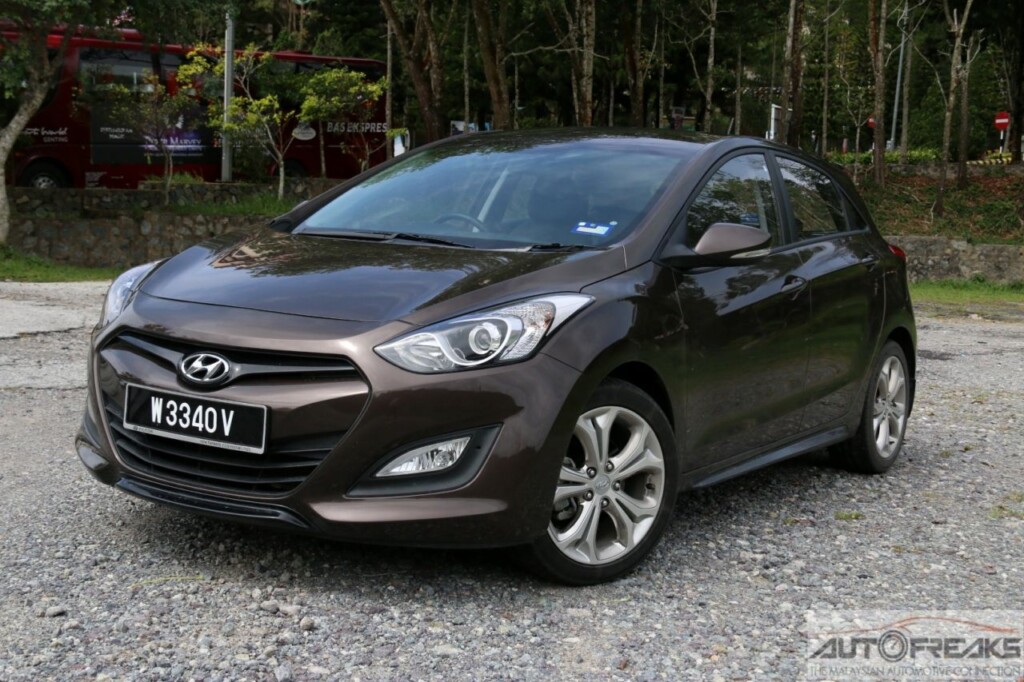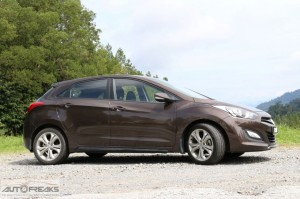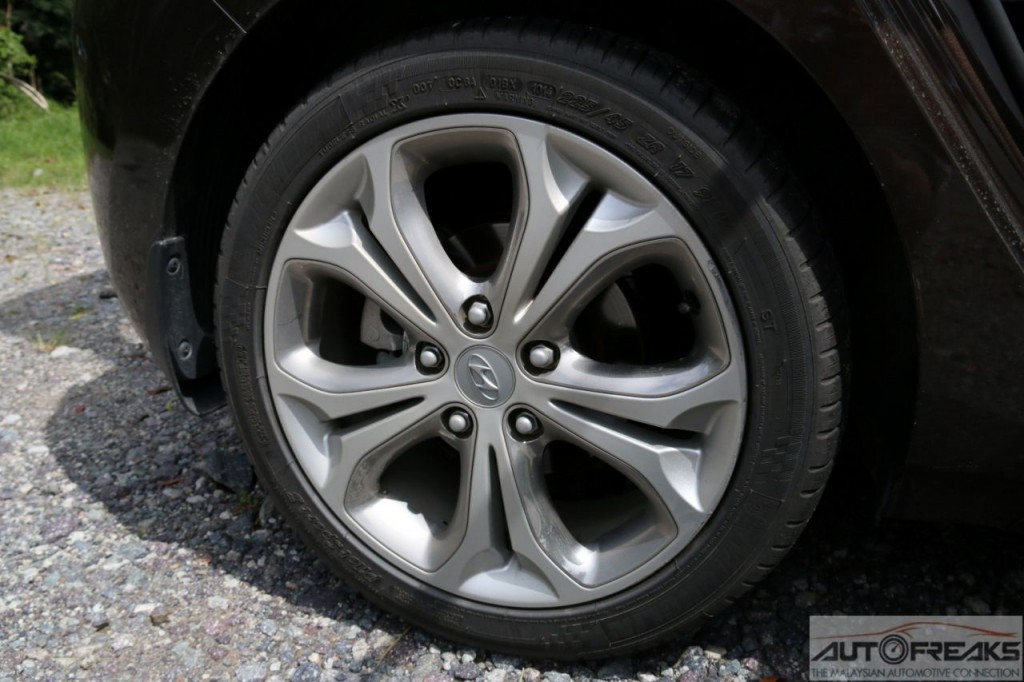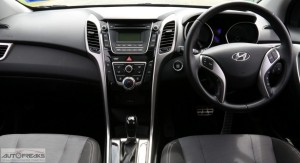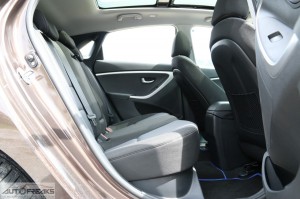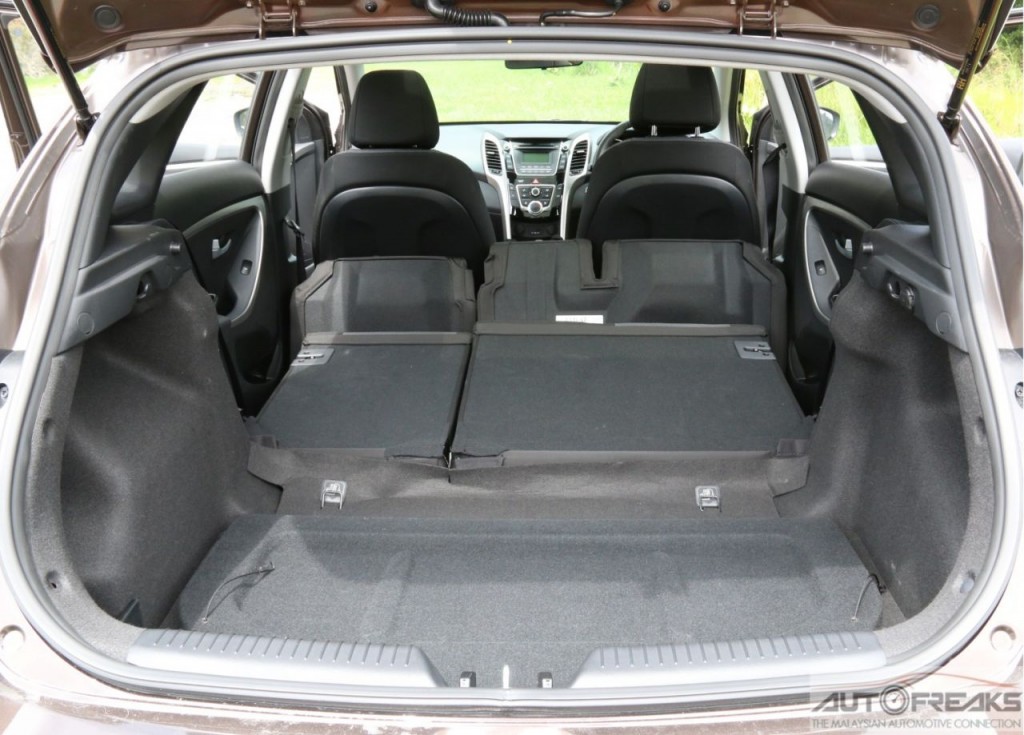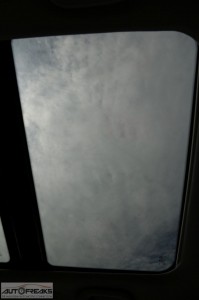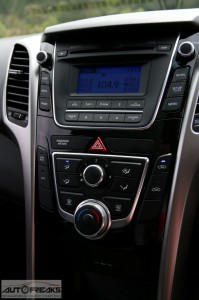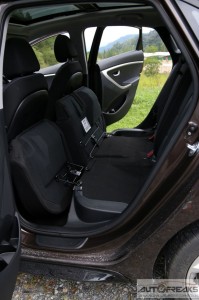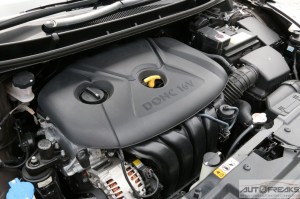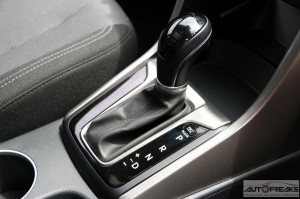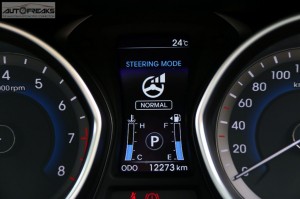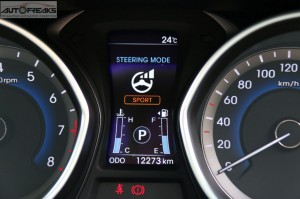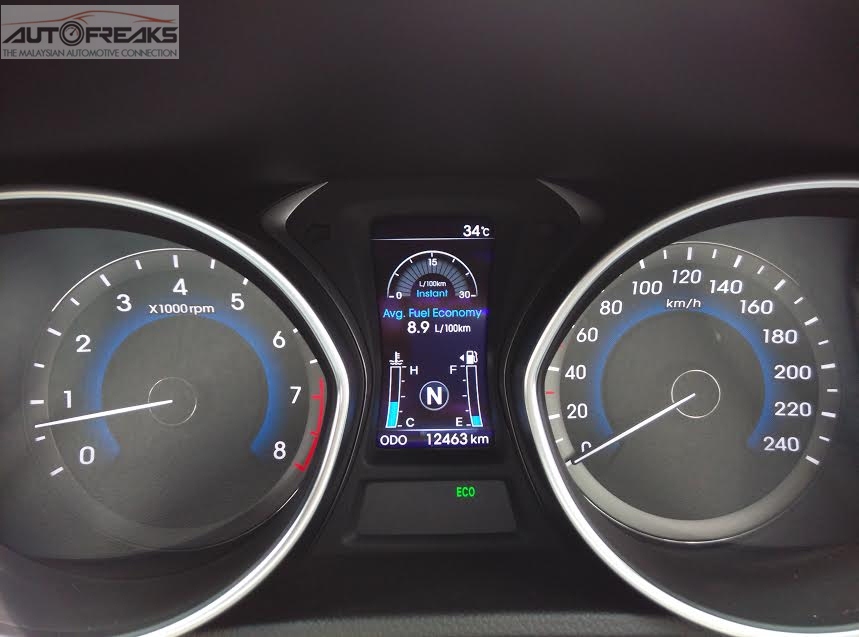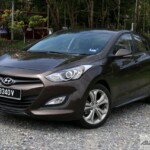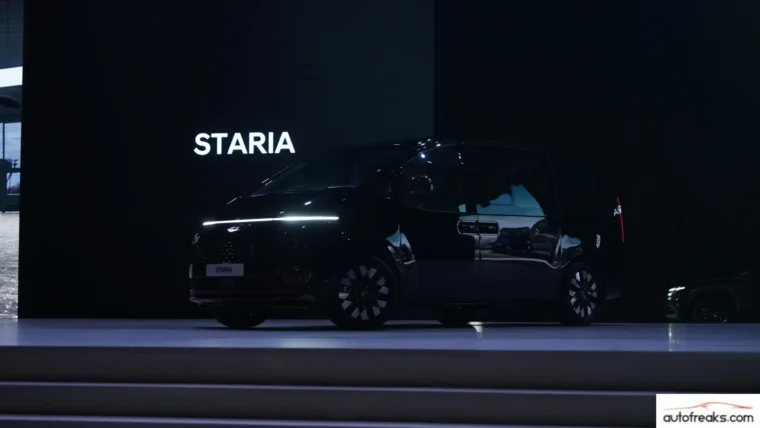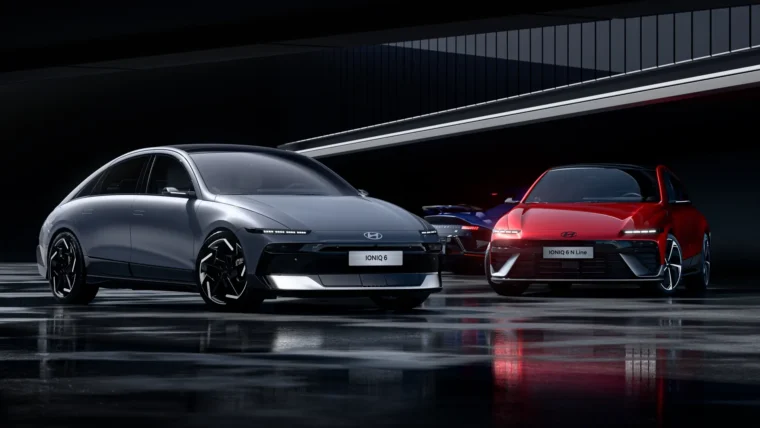Remember the first-generation Hyundai i30? No? Well, neither do I, as that’s how obscure the i30 is to Malaysians. That is something Hyundai-Sime Darby Motors is hoping to change with the second-generation i30 hatchback. Available in Executive and Sport trim, this C-segment hatchback is has been developed to take on the best hatchbacks in the world such as the Focus, Fiesta and the mother of all hatchbacks, the Golf.
Released in 2012 but arriving on our shores in March this year, the i30 is Hyundai’s game changer in Europe and sold in decent numbers in Australia, but has yet to make any impact with Malaysian buyers. So what went wrong over here? Perhaps a weekend drive in the i30 would unravel the mystery of an underrated gem from Korea.
Let’s start with the looks, and undoubtedly Hyundai’s fluidic sculpture design will appeal those who seek aesthetics rather than utilitarian. Unlike its conservative and uninspiring predecessor, the new one looks European. The i30 Sport we drove over the weekend sports a bodykit for an additional RM5,000 over the Executive variant, and both Executive and Sport variants use 17-inch tyres and rims with 225/45/R17 rubber.
It gets better inside, with a combination of modern built quality and heads-up display that shouts “Premium”, and the driver’s ergonomics is praiseworthy. Space is impressive as well, with decent headroom and legroom for the rear passenger, making sure the ones at the back sit more comfortably than a certain red and white airline.
Boot space is cavernous for a hatchback, with the i30’s boot capacity of 378-litres swallowing a small family’s needs. Fold all the rear seats and you’ll get 1,326-litres of boot space, good enough for a trip to Ikea. Other goodies included in the i30 are the panoramic sunroof and keyless start; although the exclusion of rear air con vents and electric seat adjusters are somehow disappointing.
With the i30 benchmarked against its European rivals, one of its main criteria is safety and it scored top marks for that. Six airbags and a plethora of active safety ranging from ESP (Electronic Stability Programme), ABS (Anti-lock Braking System), BAS (Brake Assist System), VSM (Vehicle Stability Management) and Emergency Stop Signal has translated the i30 scoring top marks in the Euro NCAP rating.
The i30 shares the similar 1.8-litre Nu engine and six-speed automatic gearbox with the Elantra, with the powertrain’s peppy nature good enough to fulfill daily driving needs. Despite being a “Sport” model, it’s a travesty not to see paddle shifters fitted into the i30 to allow quicker gear shifts during spirited driving, and the slow six-speed gearbox may not favour enthusiasts.
Just like its sedan sibling, the i30 uses a rear torsion beam, and that’s not a hindrance as the i30’s dynamics is well praised, giving keen drivers the confidence to drive enthusiastically . The Koreans decision to build its European Technical Centre in Russelsheim Germany has paid dividends with the i30’s competent road handling dynamics that will made you forget that you driving a Korean car.
The chassis remains composed when pushed hard on noodle-shaped tarmac, and its firm suspension can handle the majority of our road’s irregularities and bumps without causing discomfort to the occupants. The refinement is brilliant as the NVH is kept to a minimum as well.
Hyundai’s Flex Steer is also included in the i30, with three available modes that adjust the steering feedback – Comfort (best avoided because it’s too light), Normal (balanced feel, best for most situation) and Sports (added “artificial” weight for enthusiastic driving). I however think “less is more,” wishing Hyundai should drop the Flex Steer to concentrate on fine tuning the Normal mode. I believe the i30 with the well-tuned normal mode can give cars like Golf and Focus a good run for its money when it comes to driving dynamics.
Over the weekend of combined city driving, B-road cruising and spirited driving, I managed to clock 8.9 L/100KM from the i30’s 50 liter tank, which is average for its class. Notice the green “ECO” word, where the Active Eco mode helps saving fuel by actively controls aircon output and powertrain activity. I think a lighter foot works better.
So far everything seems fine and dandy for the new i30, so what makes Malaysians shying away from this Korean hatchback? Ultimately, we all know that the car buyers of this country are 1. Price sensitive and 2. Sedan favoured. While no 2 isn’t that bad with the Peugeot 308 and VW Golf did sell in decent numbers, it is no 1 that the i30 fumbled. Starting at RM127,888 for the Executive trim and RM132,888 for the Sport trim is ambitious for a CBU unit made in South Korea.
To add salt into wounds, competition is tough with the i30 is battling a good number of decent C-segment saloons around that price range, including the locally assembled Elantra with the most expensive trim is priced at RM117,888.00. The impressive 5-years or 300,000km warranty and the i30’s European flair are insufficient to convince Malaysians forking up such money for this hatchback. We do think adding premium touches such as leather seats, LED projector lights and paddle-shifters might help out.
The first-generation i30 is best described as “forgettable”, and while the current second-generation one did cause VW CEO to hit the panic button, still it’s “close, but no cigar”. We are confident that Hyundai’s true “game changer” would come in the form of the third-generation i30. Don’t say I didn’t warn you, VW and Ford….
Hyundai i30 Sport Specification
Engine: NU 1.8 MPI, 1,797cc
Transmission: 6-speed Automatic
Max power: 148bhp/6500
Max torque: 178Nm/4000
Suspension F/R: MacPherson struts / Coupled Torsion Beam Axle
Brakes F/R: Ventilated discs / Solid discs
Wheels & Tyres: 225/45 R17-Alloy
Dimensions L/W/H (mm): 4300 x 1788 x 1470
Kerb weight: N/A
Wheelbase: 2,650mm
Fuel tank: 50L
Other posts by AF Newsdesk

